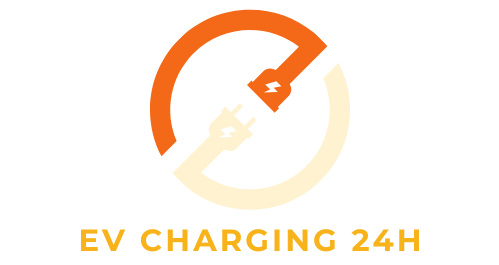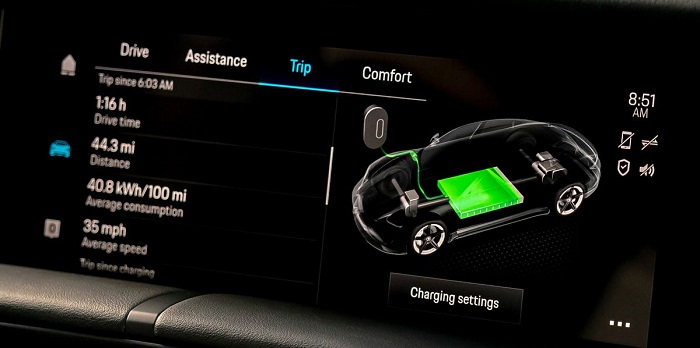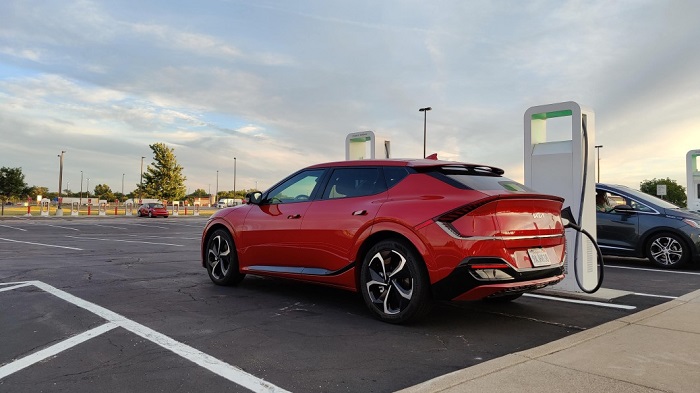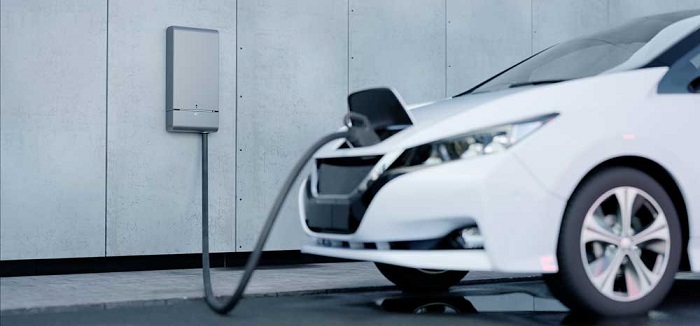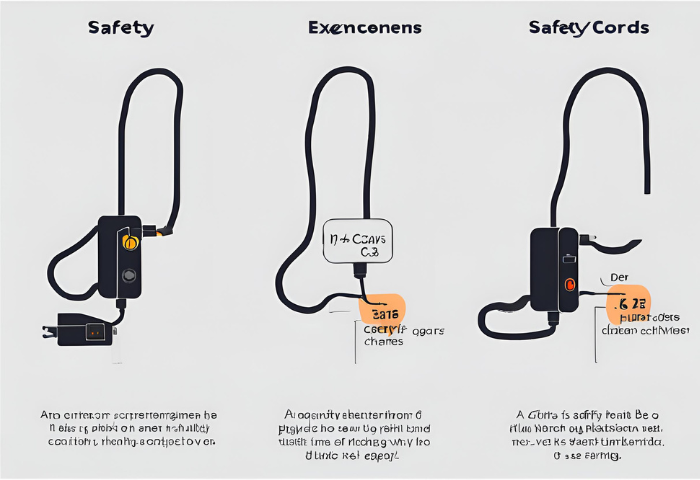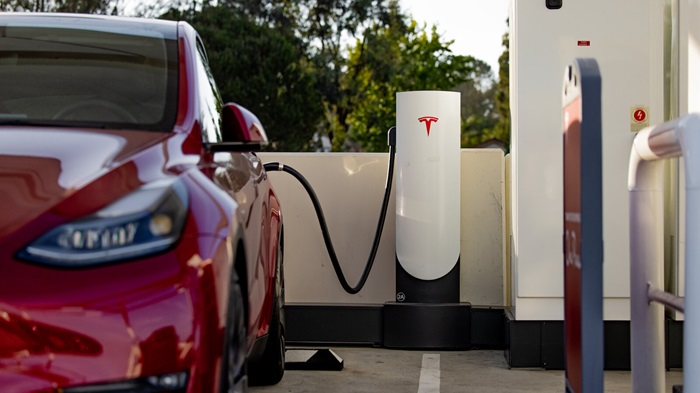Choosing the Ideal Level 1 Home Charger for Your Electric Vehicle
In the realm of electric vehicles (EVs), ensuring your home charging setup is efficient and reliable is paramount. This guide navigates through the best Level 1 home chargers, guaranteeing a seamless charging experience for your EV.
How does Level 1 charging compare to other charging levels?
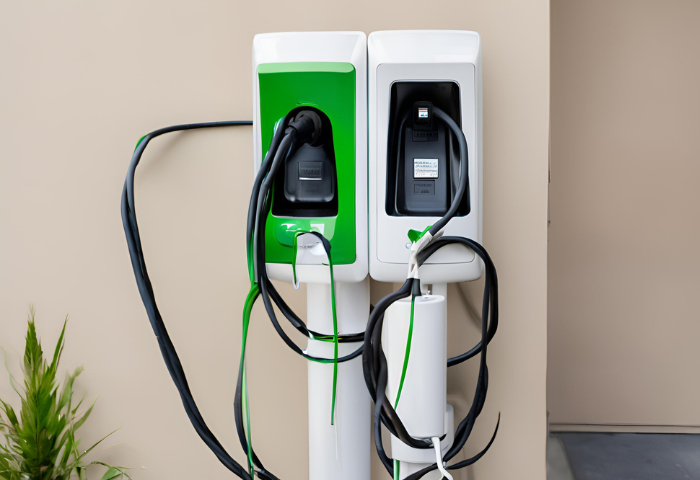
| Aspect | Level 1 Charging | Level 2 Charging | DC Fast Charging |
| Voltage | Standard household outlet (120V AC) | 240V AC | Variable DC voltage (usually above 200 volts) |
| Power Output | Typically, 1.4–1.9 kW | Around 3.3–19.2 kW (depending on charger) | Varies greatly, commonly 50 kW to 350 kW |
| Charging Time | Slow, takes several hours | Faster than Level 1, reduces time by half | Rapid charges to 80% in under an hour |
| Suitability | Overnight charging at home | Ideal for home and some public stations | Quick charging on long trips |
| Cost | Low cost, minimal installation | Moderate cost, may require installation | Higher initial costs for infrastructure |
| Efficiency | Less efficient due to slower charging | More efficient than Level 1 | Efficient, generates more battery heat |
| Availability | Standard outlets | Requires dedicated charging stations | Less common, specific charging stations |
Calculating kWh usage for Level 1 charging
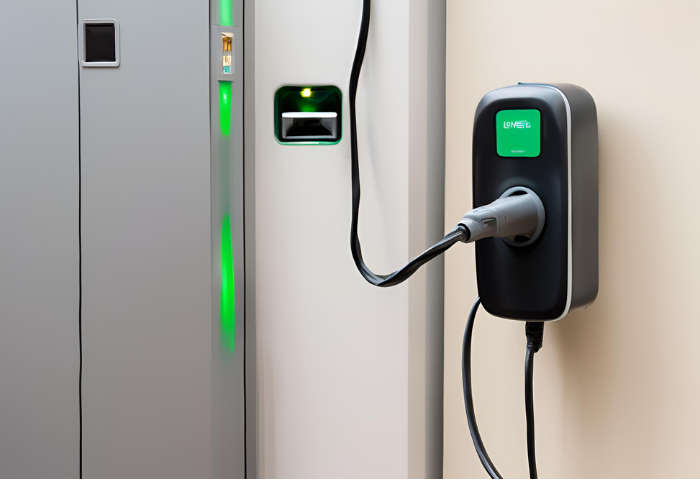
Factors Affecting kWh Consumption for Level 1 Charging
Charging Time: Level 1 charging typically takes longer than higher-level chargers, so the longer you charge, the more kWh you’ll consume.
Battery Capacity: The size of your vehicle’s battery determines how much energy it can store. Charging from a lower state of charge (SoC) to full capacity will consume more kWh.
Efficiency of the Charger: Some energy is lost as heat during the charging process. The efficiency of the charger affects how much kWh is actually used to charge the battery.
Environmental Factors: Temperature and climate can impact charging efficiency. Extreme temperatures may reduce the efficiency of the charging process, leading to slightly higher kWh consumption.
Estimating Cost per kWh for Level 1 Charging
To estimate the cost per kWh for Level 1 charging, follow these steps:
Check Electricity Rates: Determine the cost of electricity per kWh from your utility provider. This rate can usually be found on your electricity bill.
Calculate Charging Time: Estimate how many hours your vehicle will be plugged in for Level 1 charging.
Determine kWh Consumption: Multiply the charging time (in hours) by the charging rate (in kW) of your Level 1 charger. This will give you the total kWh consumed during the charging session.
Calculate Cost: To determine the estimated cost of charging your EV using Level 1 charging, multiply the total number of kWh consumed by the cost per kWh.
Tips to Optimize kWh Usage
Schedule Charging During Off-Peak Hours: Many utility providers offer lower electricity rates during off-peak hours. Charging your EV during these times can help reduce the cost per kWh.
Monitor Charging Efficiency: Keep an eye on your vehicle’s charging efficiency. If you notice unusually high kWh consumption, it may indicate a problem with the charger or your vehicle’s battery.
Use preconditioning: Some EVs allow you to precondition the battery before charging, which can optimize charging efficiency and reduce kWh consumption.
Limit Vampire Drain: Unplugging your EV when it’s fully charged can help prevent vampire drain, where the vehicle continues to draw power from the charger even when not actively charging.
Maintain Optimal Battery Health: Regularly maintain your EV’s battery to ensure optimal performance and charging efficiency. This includes avoiding frequent deep discharges and extreme temperature exposure.
What is a Level 1 home charger and why is it important?
A Level 1 home charger, also known as a trickle charger, is a basic charging solution for electric vehicles (EVs) that utilizes a standard household electrical outlet (typically 120 volts AC) to supply power to the vehicle’s onboard charger.
It offers the slowest charging rate among the different levels of charging, typically providing around 1.4 to 1.9 kilowatts (kW) of power.
Understanding the Basics of Level 1 Chargers
Level 1 chargers are the most basic form of EV charging, requiring only a standard electrical outlet for operation. They come with a portable connector that plugs directly into the outlet and connects to the vehicle’s charging port.
While Level 1 charging is slower compared to higher-level chargers, it is convenient for overnight charging at home or in locations where higher charging speeds are not required.
Benefits of Using a Level 1 Home Charger
Accessibility: Level 1 chargers can be plugged into any standard electrical outlet, making them widely accessible for residential charging.
Portability: Level 1 chargers are typically lightweight and portable, allowing for easy transport and use in different locations.
Cost-Effectiveness: Level 1 chargers are often the most affordable charging option, requiring minimal upfront investment and no additional installation costs.
Ease of Installation: No specialized electrical wiring or installation is required for Level 1 chargers, making them easy to set up and use at home.
Suitable for Overnight Charging: While Level 1 charging is slower than higher-level chargers, it is ideal for overnight charging, ensuring that your EV is fully charged and ready to go in the morning.
Key Considerations Before Choosing a Level 1 Home Charger
Charging Speed: Understand that Level 1 charging is slower compared to Level 2 or DC fast charging. Ensure that the charging speed meets your daily driving needs and charging preferences.
Compatibility: Verify that your EV is compatible with Level 1 charging and can safely charge from a standard household outlet.
Power Consumption: Consider the impact of charging your EV on your household electricity usage and monthly utility bills.
Charger Features: While Level 1 chargers are relatively simple, consider additional features such as safety protections, cable length, and durability when selecting a charger.
Future Needs: Assess your future charging needs and whether Level 1 charging will continue to meet those needs over time, or if you may require a faster charging solution in the future.
How do you select the right Level 1 charger for your electric vehicle?
Compatibility with Different EV Models
Ensure that the Level 1 charger you select is compatible with your specific electric vehicle model. While most EVs can charge using a Level 1 charger, it’s essential to verify compatibility to avoid any issues.
Charging Speed and Efficiency
Consider the charging speed and efficiency of the Level 1 charger. While Level 1 charging is generally slower than higher-level chargers, some models may offer slightly faster charging rates or improved efficiency. Look for chargers with higher power outputs (closer to 1.9 kW) for faster charging.
Portability and Ease of Installation
Opt for a Level 1 charger that is lightweight, compact, and easy to transport. Portability is especially important if you plan to use the charger at multiple locations or while traveling. Additionally, choose a charger that requires minimal installation and can be easily plugged into a standard household outlet without the need for specialized wiring or tools.
Safety Features
Prioritize safety features such as overcurrent protection, overvoltage protection, and ground fault protection. These features help safeguard both your electric vehicle and your household electrical system from potential hazards during the charging process.
Durability and Build Quality
Select a Level 1 charger that is built to last and can withstand regular use over time. Look for chargers with durable materials, weather-resistant designs, and robust construction to ensure longevity and reliability.
Additional Features
Consider any additional features or functionalities that may enhance your charging experience. This could include features such as LED indicators for charging status, built-in cable management systems, or compatibility with smart charging apps for remote monitoring and control.
Cost and Value
Evaluate the cost of the Level 1 charger relative to its features, performance, and build quality. While it’s important to consider your budget, prioritize value over price alone to ensure you’re investing in a charger that meets your needs and provides reliable charging for your electric vehicle.
Step-by-Step Guide to Installing a Level 1 Charger at Home
Gather Materials: Collect the Level 1 charger, mounting hardware, and any necessary tools for installation.
Select Location: Choose a suitable location near a standard electrical outlet, considering clearance, accessibility, and weather protection.
Mount the Charger: Securely mount the charger on the chosen surface using appropriate hardware, ensuring it is level and stable.
Connect Power: Plug the charger’s power cord into the standard electrical outlet. Ensure the outlet is not overloaded and is compatible with the charger’s power requirements.
Connect Vehicle: Connect the charging cable to your electric vehicle’s charging port. Ensure the cable is securely plugged in and does not have any visible damage.
Test Charger: Turn on the charger and verify that power is flowing to the vehicle. Monitor the charging process to ensure it initiates correctly.
Complete Setup: Follow any additional setup or configuration steps outlined in the charger’s user manual. Register the charger if necessary to access warranty coverage or additional features.
Troubleshooting Common Issues with Level 1 Chargers
No Power: Check the electrical outlet for power and ensure the charger is securely plugged in. Test the outlet with another device to verify functionality.
Slow Charging: Verify that the charger is compatible with your vehicle and that the charging cable is securely connected. Ensure the vehicle’s charging settings are configured correctly.
Faulty Cable: Inspect the charging cable for signs of damage or wear. Replace the cable if necessary to restore proper functionality.
Overheating: Monitor the charger for signs of overheating, such as excessive heat or unusual odors. Ensure proper ventilation and consider relocating the charger if necessary.
Regular Maintenance Practices to Ensure Optimal Charger Performance
Keep Clean: Regularly clean the charger and charging cable to remove dirt, debris, and corrosion that can affect performance.
Inspect Connections: Periodically inspect the charger’s connections, including the power cord and charging cable, for signs of wear or damage. Tighten loose connections as needed.
Update Firmware: To ensure compatibility and performance enhancements, look for firmware updates for the charger and install them as the manufacturer advises.
Monitor Charging Times: Keep track of charging times and efficiency to identify any abnormalities or declines in performance. Address any issues promptly to prevent further damage.
Schedule Professional Inspection: Consider scheduling a professional inspection of the charger and electrical system periodically to ensure compliance with safety standards and identify potential issues early.
By following these steps and considering factors such as compatibility, charging speed, safety features, and budget, you can confidently select the best Level 1 home charger for your electric vehicle. With the right charger in place, you’ll enjoy convenient and reliable charging right in the comfort of your home.

Henry Michael is a leading expert in EV charging station research, specializing in innovative solutions for electric vehicle infrastructure. With a passion for sustainability and technological advancement, he is dedicated to advancing the accessibility and efficiency of EV charging worldwide.
